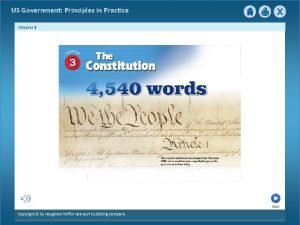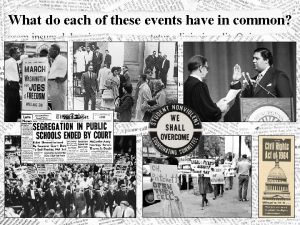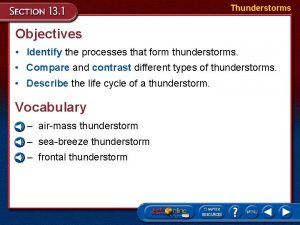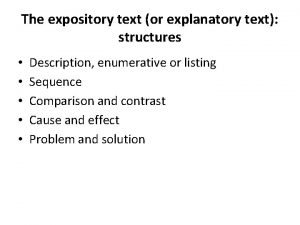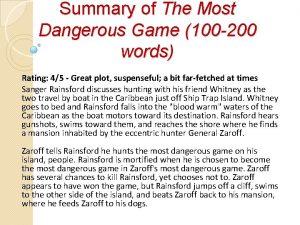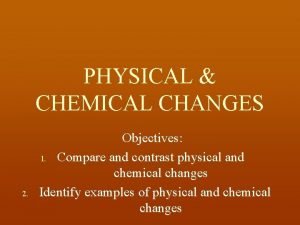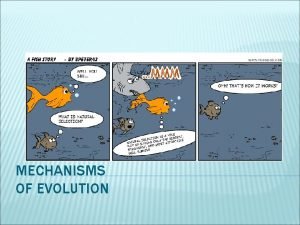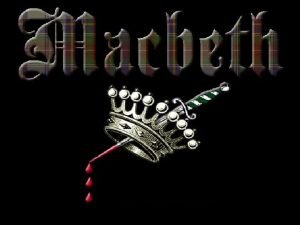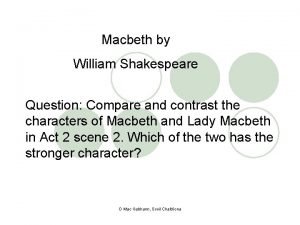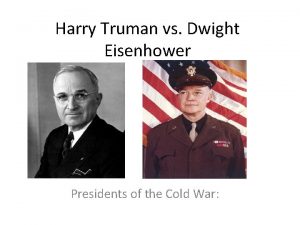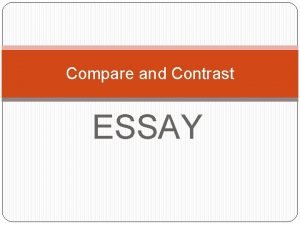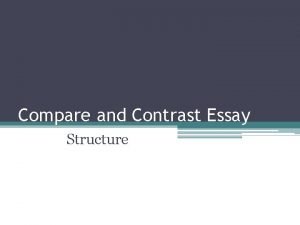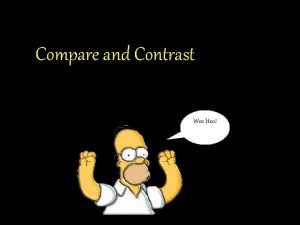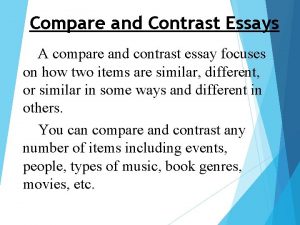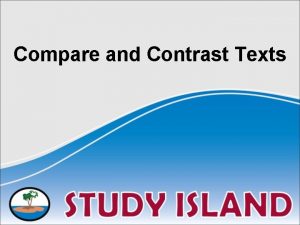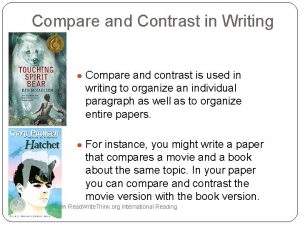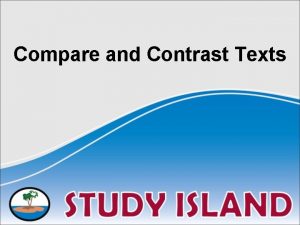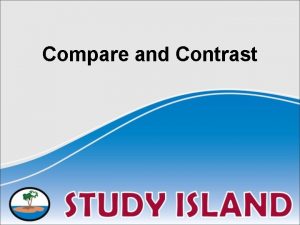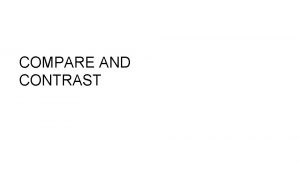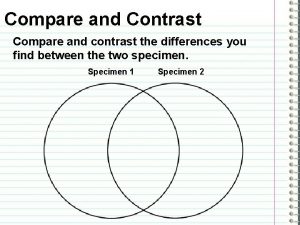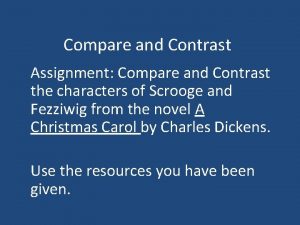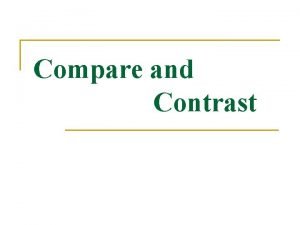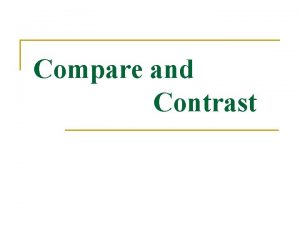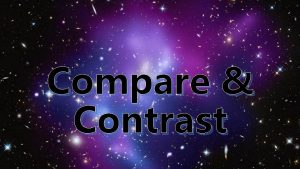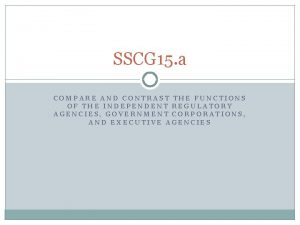UNITED STATES GOVERNMENT SSCG 1 Compare and contrast




















- Slides: 20

UNITED STATES GOVERNMENT SSCG 1: Compare and contrast various systems of government

US Government • SSCG 1 a: Determine how governments differ in geographic distribution of power, particularly unitary, confederal, and federal types of government.

UNITARY • A unitary government can be described as a centralized government. All of the powers are held by one, single, central agency. The central government can create local units; however, the local units only have those powers that the central government gives to them. Most of the governments in the world are unitary. • This is NOT a dictatorship.

• The best example of a unitary government is Great Britain. A single central organization, Parliament, holds all of the government’s power, but local governments are given some powers to relieve some of the burdens from Parliament and make local decision-making more efficient.

FEDERAL • A federal government is one in which the powers of government are divided between a central, or national, government and several lower levels of government. Federal governments have a division of powers. The United States is the best example of a federal government. The central, or national, government has certain powers, and the 50 states have other powers. The United States Constitution outlines the division of powers. Furthermore, the states give certain powers to local governments. Other countries with a federal structure of government include: Australia, Mexico, Canada, Germany, India, and Switzerland.

CONFEDERATE • *A confederate government is an alliance of independent states. The central government, or confederate government, only handles matters that the independent states assign to it. A confederate government is usually formed for the purposes of national defense and trade, and these are typically the only powers assigned to it. The best example of a confederate government is the European Union (EU). The individual member states (or countries) retain their own identity, laws, etc.

FURTHER TYPES • SSCG 1 b: Determine how some forms of government differ in their level of citizen participation particularly authoritarian (autocracy and oligarchy), and democratic.

• An authoritarian form of government is often referred to as a dictatorship. Dictatorships can be organized as an autocracy, a government in which one person holds unlimited political power, or an • oligarchy, a government in which the power is held by a small, often self-appointed elite. ALL dictatorships are authoritarian. Autocracies and oligarchies are often led by the military leaders. By using military force, authoritarian governments can wield their strength to gain complete control over the citizens.

Cont. • In an authoritarian government, the people have no rights. Often, the government determines their occupations, where they live, how resources are rationed, and what goods and services are made available to citizens. The most well-known examples of dictatorships are: Nazi Germany (1933 – 1945), Fascist Italy (1922 – 1943), and North Korea (present day). If the citizens are given the opportunity to vote in elections, the votes are closely controlled and often offer only one candidate or one political party.

Democracy • In a democracy, supreme power rests with the people. The government is conducted only with the consent of the people. In a democratic form of government, citizens participate in elections and choose who will represent them. • https: //www. nobelprize. org/educational/peace/democracy_map/pro duction/

SSCG 1 c • Determine how the role of the executive differs in presidential and parliamentary systems of governments.

Presidential • In a presidential government, the executive and legislative powers are separate and independent from one another and are co -equal. The executive includes the chief executive, the president, and the cabinet. The president is elected by the people. The United States is the best example of a presidential government. The executive is elected every four years.

Parliament • In a parliamentary government, the executive and legislative are one. The executive is chosen by the legislature. The executive is made up of the prime minister and his or her cabinet. The prime minister and cabinet members are chosen from the members of parliament. The prime minister is chosen from the majority party in Parliament. The executive and cabinet remain in power as long as their policies have the support of the majority of the members of Parliament.

• If an important matter arises and Parliament votes down a policy put forth by the prime minister and cabinet, then the prime minister and cabinet must resign. This is called a vote of no confidence. • A majority of governmental systems in the world today are parliamentary.


SSCG 1 d: • Differentiate between a direct democracy, representative democracy, and/or a republic

Direct Democracy • A direct democracy is where the will of the people is translated into public policy directly through mass meetings where citizens gather and make decisions regarding policy. Obviously this can only work in smaller communities. Direct democracy does not exist at the national level in any countries around the world today.

Representative Democracy • *A representative democracy has representatives chosen through elections. A small group is chosen to represent the overall will of the people. This is the type of democracy we have in the United States. The best examples at the national level are Senators and House of Representatives members.

• These representatives are responsible for carrying out the day-to- day functions of government, such as making laws and focusing on issues that are important to their constituents. At regularly scheduled elections, the people can express their approval or disapproval of their representatives by voting for them or against them. They govern with the consent of the governed. • *A republic has sovereign power held by those who are eligible to vote, while political power is exercised by the representatives chosen by the citizens.

What does that make the US ?
 Us history regents essay
Us history regents essay United states government: principles in practice answers
United states government: principles in practice answers West side story vs romeo and juliet worksheet
West side story vs romeo and juliet worksheet Us prior to brown map key
Us prior to brown map key Compare and contrast transverse and longitudinal waves
Compare and contrast transverse and longitudinal waves Compare and contrast spring tides and neap tides.
Compare and contrast spring tides and neap tides. Compare and contrast cold wave and wind chill factor
Compare and contrast cold wave and wind chill factor Enumerative text structure
Enumerative text structure Compare and contrast analog and digital forecasts.
Compare and contrast analog and digital forecasts. What means compare and contrast
What means compare and contrast The most dangerous game plot diagram
The most dangerous game plot diagram Longitudinal vs transverse waves
Longitudinal vs transverse waves Compare and contrast chemical and physical changes
Compare and contrast chemical and physical changes Compare and contrast gradualism and punctuated equilibrium
Compare and contrast gradualism and punctuated equilibrium Macbeth information
Macbeth information Compare and contrast macbeth
Compare and contrast macbeth Macbeth act one key quotes
Macbeth act one key quotes Similarities of vocal styles of india and israel
Similarities of vocal styles of india and israel Truman vs eisenhower
Truman vs eisenhower Compare and contrast harry and draco malfoy
Compare and contrast harry and draco malfoy Compare and contrast community and ecosystem
Compare and contrast community and ecosystem

